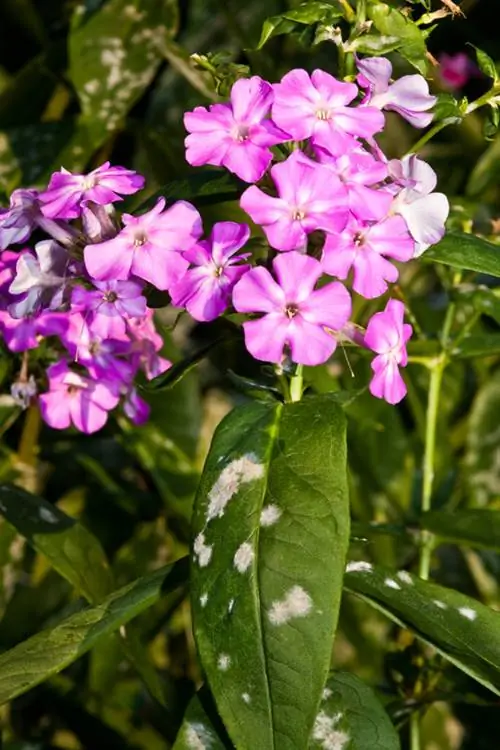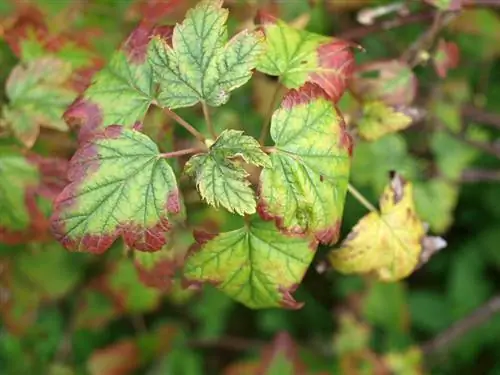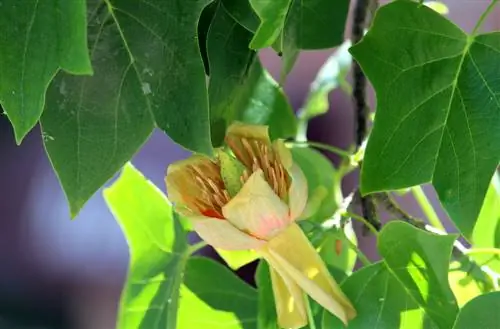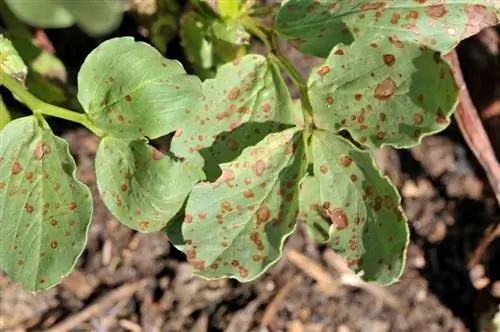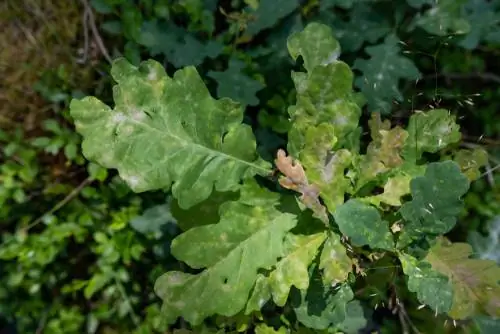- Author admin [email protected].
- Public 2023-12-16 16:46.
- Last modified 2025-01-23 11:20.
The decorative phlox is neither one of the particularly susceptible nor one of the very resistant plants. Newer varieties and hybrids are often more resistant to mildew and other pests than some old varieties and are generally more robust.
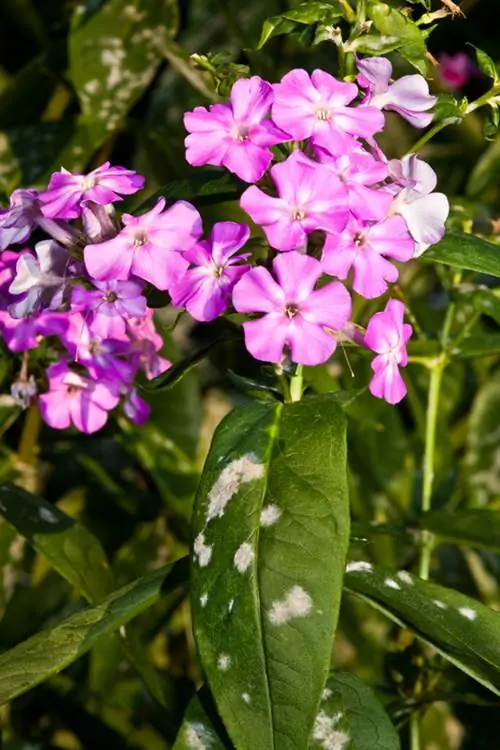
What diseases occur in phlox and how to prevent them?
Phlox diseases often include powdery mildew and alpine infestation. Prevention through good care, low-nitrogen fertilization, sufficient watering and appropriate planting depth is recommended. Remove infected plant parts and dispose of them outside the compost to avoid infection.
What diseases does phlox suffer from most often?
Occasionally, Phlox is quite susceptible to powdery mildew. Effective treatment is not easy. The best thing to do is to completely pull out the affected plants and destroy them. If the infestation is very small, only the affected parts of the plant may need to be removed. However, do not dispose of these in the compost. Use the compost as fertilizer, then bring existing germs back to the he althy plants.
Phlox also sometimes suffers from small plants. An infestation can be seen in stunted leaves and stems. Since the tiny little ones, which are just a few millimeters in size, overwinter at the base of the stem, treatment is urgently required. Cut the affected shoots back to the roots and dispose of them sustainably.
How to prevent illness?
Especially in monocultures and less natural gardens, plants are susceptible to diseases and pest infestations, and the phlox is no exception. A colorfully mixed bed and good care have a preventative effect. Replant your phlox occasionally and don't let the soil dry out too much. This will be good for the phlox and protects against infection. Newer varieties are often bred for resistance.
Use a phosphate-rich and low-nitrogen fertilizer for phlox. If the phlox gets too much nitrogen, it will only bloom sparsely or not at all. The same applies if phlox has been planted too deep. Phlox's favorite fertilizer is well-rotted manure or compost, which you mix into the soil in spring. The right location can also protect against pest infestation.
The most important he alth tips:
- good care protects against diseases and pests
- low-nitrogen fertilizer
- water enough
- don’t plant too deep
Tips & Tricks
Plant parts affected by diseases and/or pests must not be disposed of in the compost, otherwise there is a risk of infection for he althy plants that are fertilized with them.

